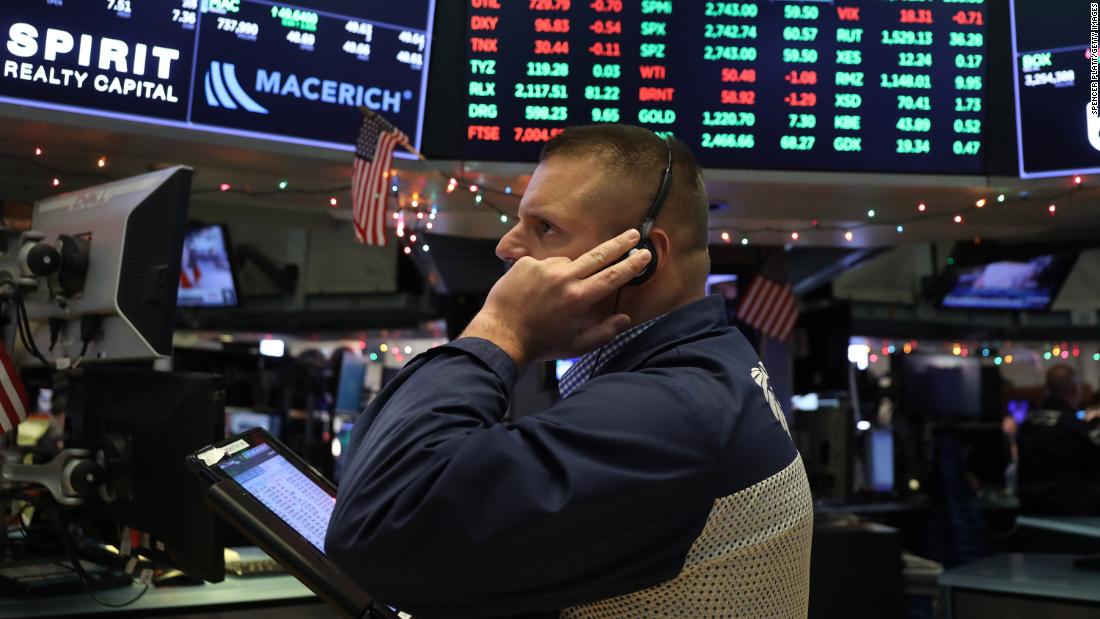
"We have companies, the greatest in the world, and they're doing really well. They have record kinds of numbers. So I think it's a tremendous opportunity to buy. Really a great opportunity to buy," Trump told reporters at the White House.
In the same briefing, however, Trump again criticized the US Federal Reserve, accusing the central bank of raising interest rates too quickly. The risk that Trump could move to fire Jerome Powell, chairman of the central bank, is one major reason why investors dumped US stocks before Christmas.
Trump also told reporters that he remains confident in Treasury Secretary Steven Mnuchin, who spoke to major bank executives over the weekend and then issued a public statement saying that lenders had "ample liquidity." The unusual statement added to investors' unease on Christmas Eve.
2. What's next for markets: The big question is how US stocks react when trading resumes on Wednesday.
US stock futures were in negative territory for much of the night, but recovered their losses later on. Elsewhere, there were signs of the fear gripping markets. Gold prices surged to their highest level in six months on Wednesday, and US crude oil prices were trading at $43, nearly 20% below where they started December. The CNN Business Fear and Greed Index was showing "extreme fear."
Markets in Europe were closed on Wednesday. In Asia, the Nikkei swung between gains and losses before closing up nearly 1%. The shaky trading followed a 5% plunge on Christmas Day that dragged the Japanese index into a bear market. The Shanghai Composite shed 0.3% on Wednesday.
Alarmed investors drove the Dow more than 650 points lower in a shortened trading session on Monday. The S&P 500 fell 2.7% and the Nasdaq was off 2.2%. The Dow, which fell 2.9%, and the S&P 500 suffered their biggest Christmas Eve declines ever.
3. Housing numbers: Despite high consumer confidence and low unemployment, US home sales have sputtered in 2018. Houses are too expensive for many buyers, and the Federal Reserve's efforts to wean the economy off near-zero rates raised mortgage costs.
The S&P Case-Shiller Home Price Index on Wednesday is expected to show home prices in October rose 4.9% over the previous year, according to Refinitiv.
Investors will have two more chances this week to evaluate the market. New home sales data will be published Thursday, and a report on existing home sales is due Friday.
4. Coming this week:
Wednesday — S&P Case-Shiller Home Price Index
Thursday — Consumer confidence for December and new home sales for November
Friday — Pending home sales for November
Wednesday — S&P Case-Shiller Home Price Index
Thursday — Consumer confidence for December and new home sales for November
Friday — Pending home sales for November
No comments:
Post a Comment